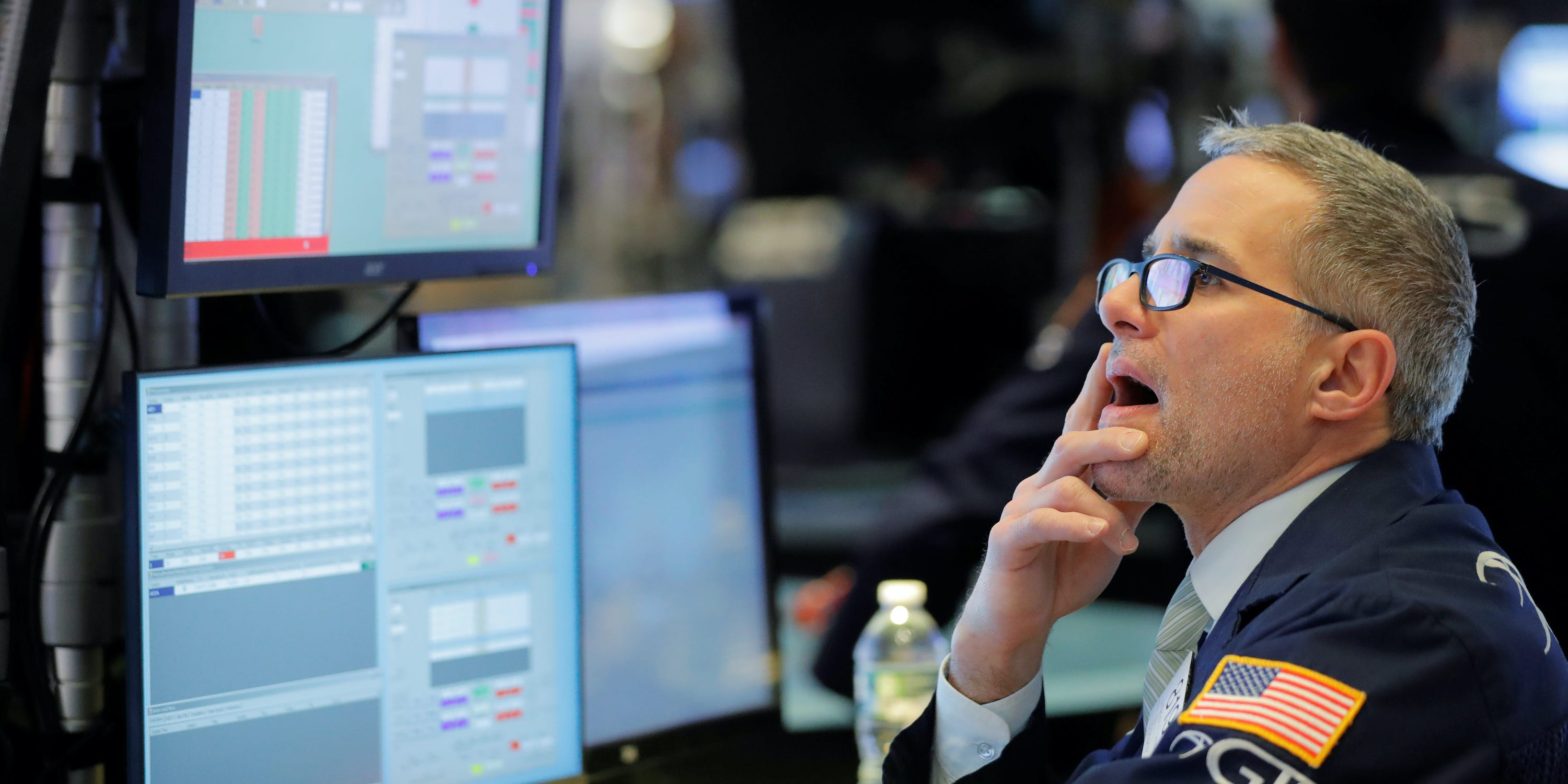The silver lining to this year’s 25% decline in the stock market is that there is less risk of a “lost decade” going forward, according to Bank of America.The bank’s long-term valuation model points to annualized gains of 6% over the next decade.But the stock market isn’t out of the woods yet as there could be more pain in the short-term. Loading Something is loading.
Thanks for signing up!
Access your favorite topics in a personalized feed while you’re on the go.
There have been more warnings of a “lost decade” of returns for the stock market in recent months, but the chances of that actually happening appear less likely given this year’s massive 25% decline.
That’s according to a Friday note from Bank of America strategist Savita Subramanian, who was one of the first on Wall Street to warn of a potential lost decade late last year.
She highlighted that with falling stock markets come falling valuations, which are now starting to appear attractive for longer-term investors. The S&P 500’s price-to-earnings multiple has compressed considerably so far this year, with the trailing and forward P/E ratios falling 36% and 29%, respectively.
A valuation model used by the bank suggests forward annualized price returns of 6% for the S&P 500 over the next decade. That’s the highest return forecast since May 2020.
“Valuation matters long-term, explaining ~80% of subsequent 10-yr S&P 500 returns,” Subramanian said. “And this year’s bear market provides an attractive opportunity for long-term investors.”
If the forecast is accurate, it would put the S&P 500 at just above 6,500 by 2032, representing potential upside of nearly 80% from Thursday’s close. With the addition of a 2% dividend yield, total annualized returns could be as high as 8%, according to Subramanian.
But while the long-term forecasts look the best they have in over two years, the short-term looks more dicey for the stock market, and “near-term pain remains,” she said.
“While the S&P 500 fell below our year-end target of 3,600, we continue to expect volatility in the market,” Subramanian said, adding that only 20% of her bull market indicators have flashed positive so far. Typically, prior stock market bottoms have seen 80% of those indicators flash green, according to the note.
And higher inflation in the services sector rather than the goods sector “is a double whammy” for stocks, she added. “Unlike the US economy (70% services), S&P 500 earnings are 50/50 goods/services. Moderating goods inflation is indicative for weakening pricing power for goods-oriented companies.”
Additionally, higher services inflation bolsters the Federal Reserve’s view that it should remain hawkish and continue to hike interest rates, which increases the risk of a harder landing, Subramanian said. Such a hard landing would put the bank’s recession-scenario S&P 500 price target of 3,000 into play, but would likely make valuations that much more attractive to Subramanian over the long-term.
